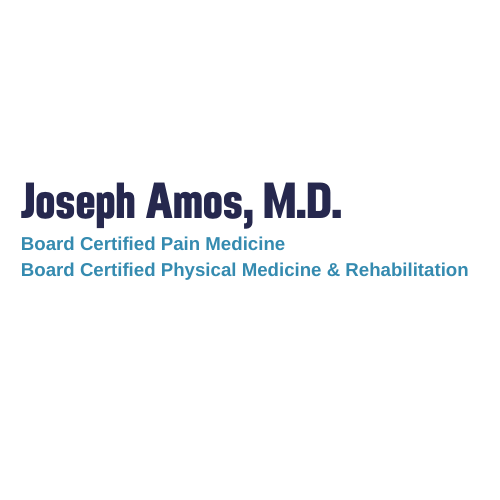Lumbar Stenosis
What is Lumbar Stenosis?
Lumbar stenosis is the compression of spinal nerves caused by the narrowing of the spinal canal. It is one of the common causes of lower back pain. Spinal stenosis can also affect the spine in the neck region.
Causes
One of the causes of spinal stenosis is aging. Other causes include Paget’s disease, achondroplasia, spinal tumors, and spinal injuries. As age advances the chances of developing osteoarthritis, disc degeneration and thickening of ligaments may increase, leading to spinal stenosis.
Symptoms
The symptoms of lumbar stenosis include back pain, burning or aching type of pain in the buttocks that radiates to the legs (sciatica), weakness in the legs or "foot drop”.
Treatment
Lumbar spinal stenosis may be treated with conservative treatment approaches such as the use of pain medications, physical therapy, steroid injections or acupuncture. In chronic cases, surgery may be required to treat the condition.
Non-surgical Treatment
Some of the conservative treatments for lumbar stenosis include:
Physical therapy: Physical therapy involves stretching exercises, massage, and lumbar and abdominal strengthening.
Anti-inflammatory medications: Non-steroidal anti-inflammatory drugs (NSAIDs) initially provide pain relief and reduce swelling.
Steroid injections: Cortisone steroid injections are administered around the nerves or in the epidural space to decrease swelling and pain.
Acupuncture: Acupuncture can be helpful when the pain is less severe.
Chiropractic manipulation: Chiropractic manipulation can be performed in some cases, but not when there is co-existing osteoporosis or herniated disc, because these cases increase the symptoms or cause injuries.
Surgical Treatment
Surgery is considered when pain and weakness are causing debilitation such as the inability to walk for a long time. The two main surgical procedures to treat lumbar spinal stenosis are:
Laminectomy: This procedure involves the removal of the bone, bone spurs, and ligaments that compress the nerves.
Spinal fusion: In this procedure, two or more vertebrae are permanently fused together.

